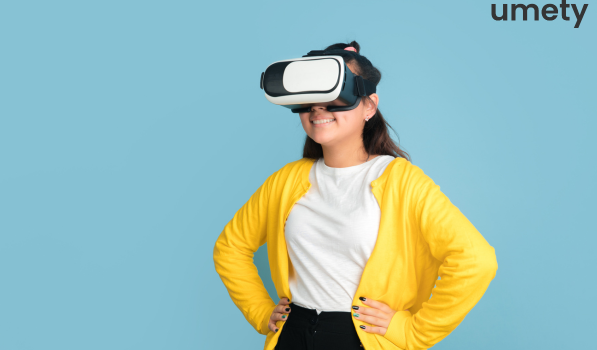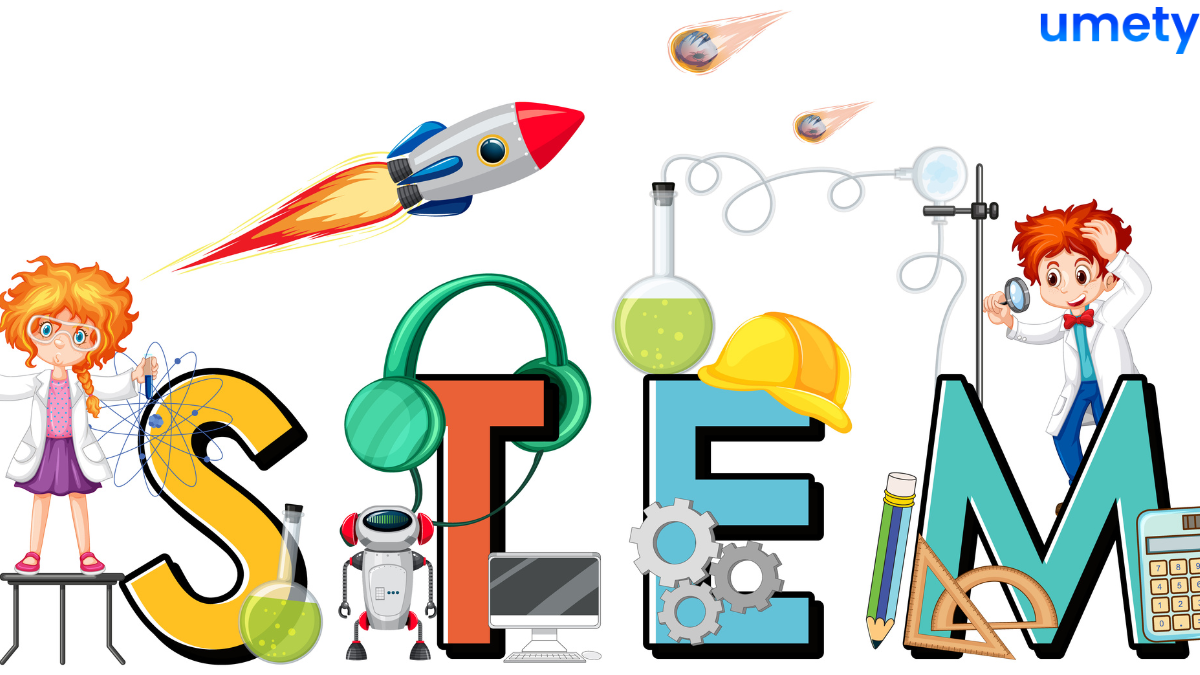Discuss Emerging Technologies and trends in Virtual Reality
When we think about virtual reality, one thing that comes to mind is that science fiction movies and shows. However, the good thing is that now virtual reality has become easily accessible and seamlessly blends with our daily lives. For example, the filters or avatars we use on Instagram, education, medicine, or games are everywhere. The ultimate question is, what are virtual reality's emerging trends and technologies? This article will discuss some innovative trends shaping this field's future.
What is virtual reality?
Imagine you have a unique pair of glasses that you put on, and suddenly you find yourself in a completely different place. This new place looks and feels so real that you might think you're there. You can look around and see everything as if it's right before you. You can even move around and interact with things as you do in the real world.
But here's the twist: even though you're still physically in your room or wherever you started, your mind is tricked into believing you're somewhere else. That's what virtual reality is all about – it's a way to use technology to create a make-believe world that feels incredibly lifelike.
Think of it like stepping into a video game, but instead of just watching on a screen, you're right inside the game, experiencing everything as if you're a part of it. VR lets you explore new places, try out exciting activities, and even learn about things in a way that makes you feel right there in the middle of it all, even though you're not moving from your seat.
Virtual reality in education is like a super realistic imaginary world you can see, hear, and sometimes even touch and interact with. It's like magic, except it's powered by technology.
What are some emerging technologies and trends in virtual reality?
Virtual Reality (VR) is a rapidly evolving field, and several emerging technologies and trends are shaping its future. These developments are poised to enhance VR's immersive and interactive capabilities, opening up new possibilities for various industries and applications. Here are some notable emerging technologies and trends in Virtual Reality:
Wireless VR headsets
Major VR companies and organizations are focusing on wireless and standalone VR solutions that eliminate the need for cables and external devices. This enhances mobility, making VR experiences more accessible and convenient for users.
Haptic Technology or full-body tracking
Haptic technology was earlier used to create noticeable sensations, such as vibrations in phones. Immersive VR experiences are now enhanced by haptic feedback and full-body tracking systems. These technologies allow users to feel and interact with virtual objects, enhancing the sense of presence. Haptic gloves, suits, and accessories provide tactile sensations, making virtual interactions more lifelike.
6 DoF (Degrees of Freedom) tracking
Traditional VR systems often offer 3DoF (degrees of freedom) tracking, allowing users to look around in a limited space. 6DoF tracking adds the ability to move in physical play, enabling more realistic and immersive interactions. This technology is becoming increasingly common in VR headsets and controllers, providing a more natural and engaging experience.
Eye tracking
Eye-tracking technology is being integrated into VR headsets, allowing them to track users' eye movements accurately. It enables foveated rendering, where the display quality is optimized based on where the user is looking, reducing the computational demands and improving performance. Eye tracking enhances interactions and social experiences by enabling eye contact and gaze-based interactions.
Mixed reality and augmented reality integration
VR converges with other reality technologies like Augmented Reality (AR) and Mixed Reality (MR), creating a spectrum of immersive experiences. This convergence enables applications that seamlessly blend digital and physical elements, offering new opportunities for entertainment, education, and enterprise solutions.
Spatial Audio
Spatial audio technology creates a three-dimensional sound field for the user using phones and speakers. It can generate immersion and the presence of VR experiences by providing realistic and directional sound cues that match the visual scenarios.
Remote collaboration and telepresence
With the rise of remote work and collaboration, VR is being explored as a medium for virtual meetings, conferences, and collaborative workspaces. Emerging technologies are focusing on creating more realistic and productive virtual collaboration environments.
Brain-computer interfaces
Brain-computer interfaces track a user's brain activity using electrodes and sensors. BCIs can enable new forms of interaction and feedback in virtual reality by allowing users to control virtual reality systems or applications with their thoughts or emotions.
Virtual reality is evolving the future.
Virtual reality is experiencing rapid technological advancements that enhance its capabilities and broaden its applications. These emerging trends are shaping the future of VR by making it more immersive, interactive, accessible, and applicable to a diverse range of industries and use cases. As these technologies evolve, they will undoubtedly transform how we perceive and engage with virtual environments.

.png)

Comments
Post a Comment